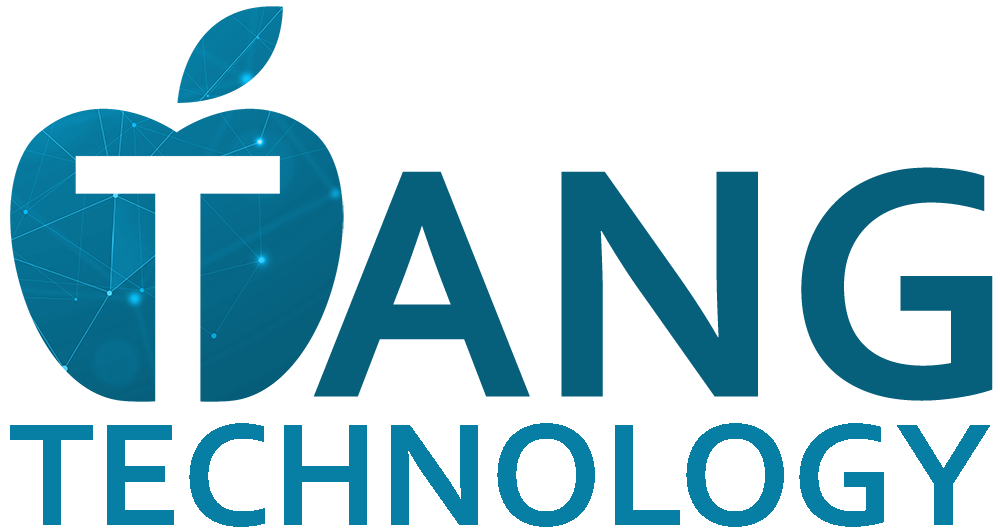Maintaining a Learning Management System is not without its challenges. Generally speaking, there are two types of LMS problems you are likely to encounter:
- Client issues
- Platform issues
Client issues are any problem that occurs on the learners client machine. These problems are often the hardest to troubleshoot because they require the support person/team to work with the learner to resolve. Some examples of client issues include problems related to browser settings, internet connectivity, or user error. Platform issues occur on the LMS platform and are out of the control of the learner. These issues must be addressed by a platform administrator and include issues like LMS configurations errors, server outages, or content implementation errors.
Here are some common LMS problems and how to troubleshoot them.
Browser Settings
Browsers can be a challenge to troubleshoot. There are many different browsers on the market and many different ways to customize the browser settings. By far, the most commonly used browser is Google Chrome. Users may encounter issues with certain browsers not displaying the LMS correctly or scores not being recorded. You may need to identify browser-specific issues and provide guidance on using supported browsers. Browser settings that can be an issue include:
- Cookies: Generally, users need to have cookies enabled for the LMS site. If cookies are being blocked, the LMS may not function correctly. This can look like progress not being recorded, pages not loading, or sessions ending abruptly. Browsers may have varying policies regarding cookies and same-origin restrictions. If your LMS requires it, ensure that the user reporting the problem has cookies enabled.
- JavaScript: Like cookies, users need to have JavaScript enabled in the browser. If you are using SCORM content, the browser must support JavaScript. If JavaScript is not enabled, SCORM courses will throw a lot of errors because SCORM communication cannot occur between the course and the LMS.
Content Organization
Without proper organization, finding specific course materials can be frustrating. Your LMS needs a user-friendly structure, categorization options, and search functionality. Organization often setup a structure when implementing a new LMS, but that structure can be difficult to maintain with multiple content administrators adding content. A good standard operating procedure that defines how courses are added, organized, maintained, and retired is necessary to ensure good organizational structure over time.
A part of good LMS content organization includes version control. Managing multiple versions of course materials can be challenging. Administrators might accidentally overwrite or delete important files. An organizations LMS SOP’s should include the process to update courses. Implement version control features in your LMS to allow users to track changes and restore previous versions if needed.
Content Implementation
How content administrators implement content on the LMS platform can create or avoid user experience issues. Learning management systems often support a variety of ways to implement content. This can include SCORM, AICC, PDFs, Videos, websites, custom pages, etc. Given all these choices, there are multiple ways to implement content, but some implementation solutions are better suited for different types of content. For example, an organization wants to provide training through the LMS. This organization creates a PPT that covers all the topic. They upload the PPT to the LMS and deliver it as a PPT. When the learners take the course, they are immediately marked complete. This means that only a few people reviewed the entire PPT since its fairly long and can’t complete it in one sitting. Alternatively, the organization could have implemented this training as a SCORM course. Its fairly simple to convert PPT to SCORM and these provides better tracking and bookmarking. The organization would be able to ensure everyone reviewed all the content if they had chosen a better implementation method.
Another challenge related to implementation is accessibility. Accessibility is a crucial consideration that ensures all content, including videos, documents, and interactive elements, complies with accessibility standards (e.g., WCAG) to accommodate users with disabilities. If content is not accessibility, some learners will be unable to complete the training. A variety of tools are available to assist with troubleshooting accessibility.
Many learners access courses on mobile devices. Ensure that course materials and the LMS itself are mobile-responsive, offering a seamless experience on smartphones and tablets. Many SCORM content authoring tools already provide easy ways to create mobile-responsive solutions. Part of an organization’s SOP’s should include QA and Testing. Make sure that mobile testing is included in your process.
Cross-domain Issues
Related to content implementation issues are cross-domain issues. Browsers block communication across different domains. This is a security setting to prevent malicious exploits. This means that content on server abc.com can’t communicate to server xyz.com. SCORM cross-domain issues frequently occur when trying to host third-party content in an organization’s LMS. There are ways around this, but both servers (the content server and the LMS server) need to allow the communication to occur.
Summary
Every LMS platform will encounter some support challenges. If you’re interested in support from LMS experts, contact Tang Tech for a free 30-minute consult to see how we can help.
Here are some common LMS problems and how to troubleshoot them:
- Browser settings: Ensure that cookies and JavaScript are enabled in the browser.
- Content organization: Implement a user-friendly structure, categorization options, and search functionality. Use version control to track changes and restore previous versions.
- Content implementation: Choose the right implementation method for different types of content. Ensure that content is accessible and mobile-responsive.
By understanding the different types of LMS problems and how to troubleshoot them, platform administrators can help learners get the most out of their training.
